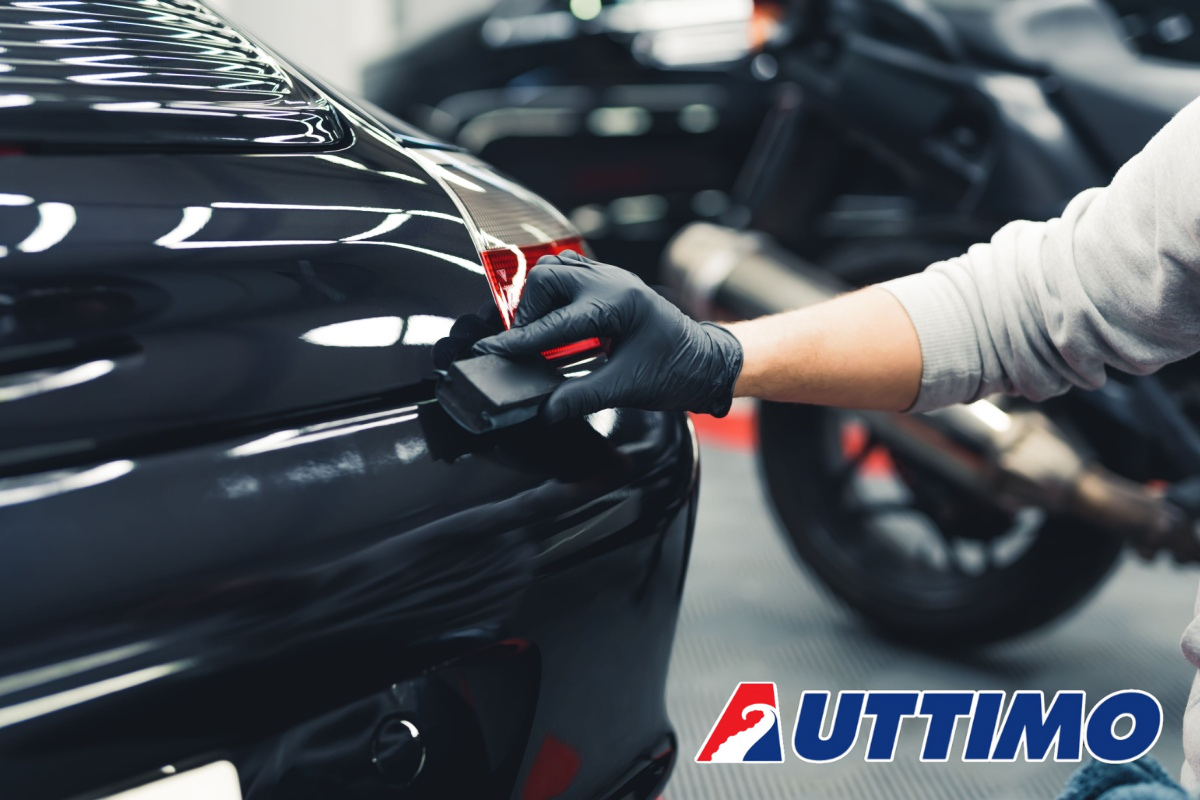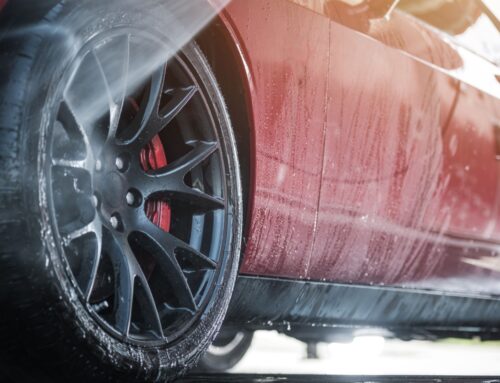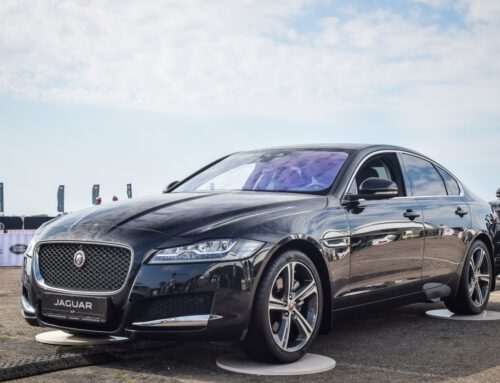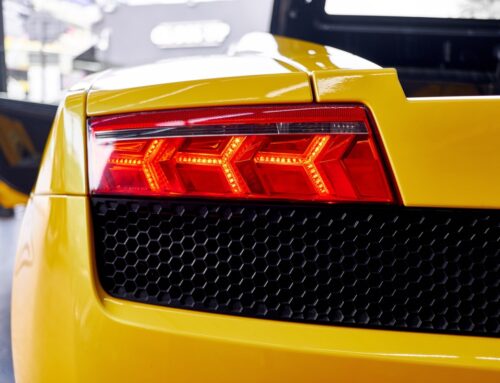In the ever-evolving world of automotive detailing, the quest for superior paint protection has led to the development of various advanced coatings, each promising to enhance the durability and appearance of vehicles. Two popular options that have garnered attention in recent years are ceramic coating and graphene coatings, but what sets these coatings apart, and how do they compare to other alternatives on the market?
Let’s delve into the differences and benefits of ceramic, graphene, and other coatings available to consumers today.

Ceramic Coating
Ceramic Coating
Ceramic coating, also known as nano-ceramic coating, has become synonymous with long-lasting paint protection in the automotive industry. Composed of silicon dioxide (SiO2) nanoparticles suspended in a liquid polymer solution, ceramic coatings create a durable, hydrophobic barrier that repels water, dirt, and other contaminants. This hydrophobic property not only makes maintenance easier but also provides enhanced gloss and shine to the vehicle’s paintwork. Additionally, ceramic coatings offer UV protection, chemical resistance, and durability lasting up to several years with proper maintenance.

Graphene Coating
Graphene Coating
Graphene coating represents the next frontier in automotive surface protection, harnessing the remarkable properties of graphene – a single layer of carbon atoms arranged in a two-dimensional lattice, graphene coatings boast exceptional strength, flexibility, and conductivity, making them ideal for applications requiring high-performance protection. In the automotive realm, graphene coatings offer enhanced scratch resistance, heat dissipation, and self-healing properties compared to traditional ceramic coatings. Additionally, graphene’s superior thermal conductivity may provide benefits in heat management, potentially reducing surface temperatures and improving overall performance.
While graphene coatings offer exceptional scratch resistance, heat dissipation, and self-healing properties compared to traditional ceramic coatings, it’s important to consider their protective lifespan. Graphene coatings typically provide effective protection for up to 1-2 years, making them a durable yet temporary solution for automotive surface protection.
Graphene’s remarkable properties, including its strength, flexibility, and conductivity, contribute to its effectiveness in shielding the vehicle’s paintwork from environmental contaminants and minor abrasions. However, due to factors such as exposure to UV radiation, road debris, and weather elements, graphene coatings may gradually degrade over time, necessitating reapplication to maintain optimal protection.
Compared to ceramic coatings, which can last several years with proper maintenance, graphene coatings offer a shorter protective lifespan. This difference in longevity should be taken into account when considering the best coating option for your vehicle’s needs.

Other Coatings
Other Coatings
In addition to ceramic and graphene coatings, several other options are available to consumers seeking paint protection solutions:
Polymer Sealants
Polymer sealants are synthetic formulations designed to provide a protective barrier similar to ceramic coatings but with a shorter lifespan. While not as durable as ceramic coatings, polymer sealants offer ease of application and affordability, making them a popular choice for casual enthusiasts. Polymer sealant product brands include Meguiar’s Ultimate Fast Finish, Chemical Guys JetSeal, and CarPro Reload.
Wax and Sealant Combos
Traditional carnauba wax and synthetic sealant combinations provide temporary protection and enhanced shine to the vehicle’s paintwork. While these options may offer aesthetic benefits, they lack the longevity and durability of ceramic and graphene coatings. Wax product brands include Meguiar’s Ultimate Wax, Mothers California Gold Synthetic Wax, and Griot’s Garage Best of Show Wax.
Hybrid Coatings
Hybrid coatings combine elements of ceramic, graphene, and other advanced technologies to offer a balance of durability, performance, and ease of application. These coatings may incorporate ceramic nanoparticles, graphene additives, or other proprietary ingredients to deliver superior protection and shine. Hybrid coating product brands include Gtechniq Crystal Serum Light, Adams Polishes Ceramic Spray Coating, and CarPro Cquartz UK 3.0.

Choosing the Right Coating
Choosing the Right Coating
Ultimately, the choice between ceramic, graphene, and other coatings depends on factors such as budget, desired longevity, and performance requirements. Ceramic coatings excel in providing long-lasting protection and gloss enhancement, while graphene coatings offer advanced scratch resistance and thermal management capabilities. Consumers should carefully consider their priorities and consult with automotive detailing professionals to determine the best coating for their specific needs.
In conclusion, the world of automotive coatings continues to evolve, offering enthusiasts a range of options to protect and enhance their vehicles. Whether opting for ceramic, graphene, or another advanced coating, the key is to prioritize quality, performance, and durability to ensure long-lasting satisfaction and enjoyment of your automotive investment.



